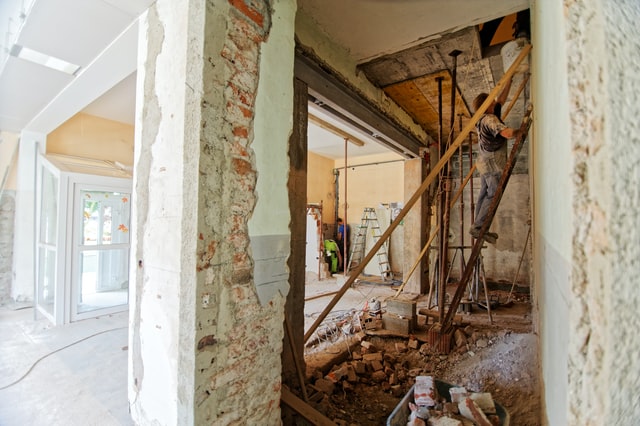The California Housing Finance Agency (CalHFA) has introduced a new loan program called the Forgivable Equity Builder Loan. It comes with some heavy restrictions — only first-time homebuyers are eligible, and it only covers up to 10% of the purchase price. This is because it’s a supplementary loan that can only be taken out in combination with a CalFHA first mortgage. The good news is that this loan has an interest rate of zero percent, and is also forgivable if you occupy the residence continually for five years. However, standard interest rates apply to the CalFHA first mortgage.
The program also requires borrowers to complete a course on homebuyer education and obtain a certificate of completion. This course does require a one-time fee of $99 if taken online, or a variable-rate fee if taken in person. You must also occupy the new home as your primary residence, as well as meet income requirements. The property must be a single-family residence or manufactured home. This can include condominiums if they meet the requirements for the CalFHA first mortgage, or ADUs in some cases.
Photo by National Cancer Institute on Unsplash
More: https://www.calhfa.ca.gov/homebuyer/programs/forgivable.htm



















